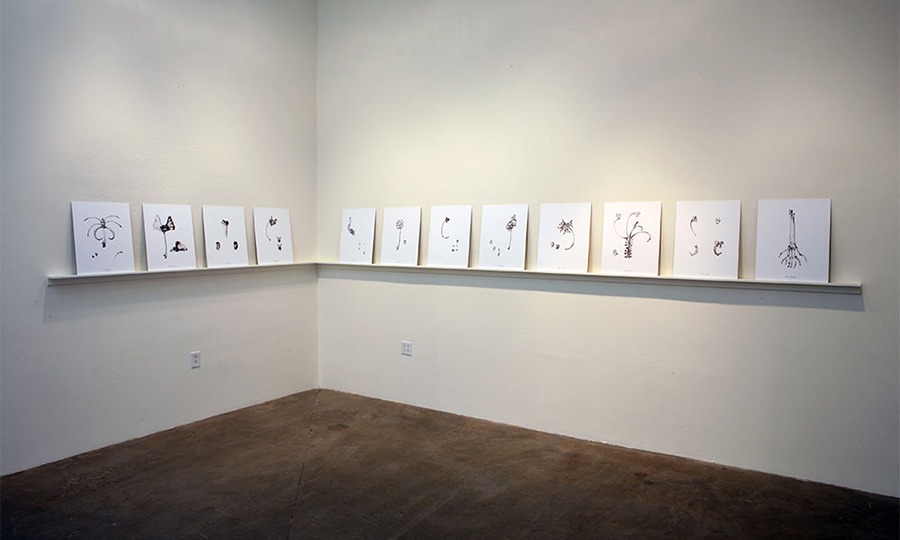Orquis Lugubris
1997
50x40 cm / 20x16 in
Archival pigment print
Passiflora Purpurea
1997
50x40 cm / 20x16 in
Archival pigment print
Dionaea Viscosa
1997
50x40 cm / 20x16 in
Archival pigment print
Dionaea Severa
1997
50x40 cm / 20x16 in
Archival pigment print
Orquis Mordax
1997
50x40 cm / 20x16 in
Archival pigment print
Passiflora Encarnata
1997
50x40 cm / 20x16 in
Archival pigment print
Passiflora Sanguinea
1997
50x40 cm / 20x16 in
Archival pigment print
Orquis Negrilensis
1997
50x40 cm / 20x16 in
Archival pigment print
Radix Insatiabilis
1997
50x40 cm / 20x16 in
Archival pigment print
Aloe Atrox
1997
50x40 cm / 20x16 in
Archival pigment print
Anthurium Putridum
1997
50x40 cm / 20x16 in
Archival pigment print
Cattleya Putida
1997
50x40 cm / 20x16 in
Archival pigment print
Dracula Nosferatu
1997
50x40 cm / 20x16 in
Archival pigment print
Passiflora Foetida
1997
50x40 cm / 20x16 in
Archival pigment print
Maxillaria Vorax
1997
50x40 cm / 20x16 in
Archival pigment print
Statement
It was when I was a child in Medellín, Colombia, when I heard about those “cuts”: “necktie cut,” “t-shirt cut”—mutilations that were made to the human body. I sometimes heard about these mutilations on the radio, or perhaps in some of my family conversations.
Those “cuts” were practiced in the 1950s, when the violence between conservatives and liberals exploded in the rural areas of Colombia—a time that is nowadays known as “La Violencia” (The Violence). Years later, when I was doing research about it, I read about another cut that I didn’t know about: “Vase cut.” The victims of this mutilations got their throats cut and their limbs cut off, then they were inserted into the torso as if it was a vase.
It was in early 1997 when I decided to work with human bones, and reorganize them in “flowers” that could be a metaphor of those “cuts.”
—JME
Installation view

Santa Fe Art Institute, Santa Fe, NM, 2007